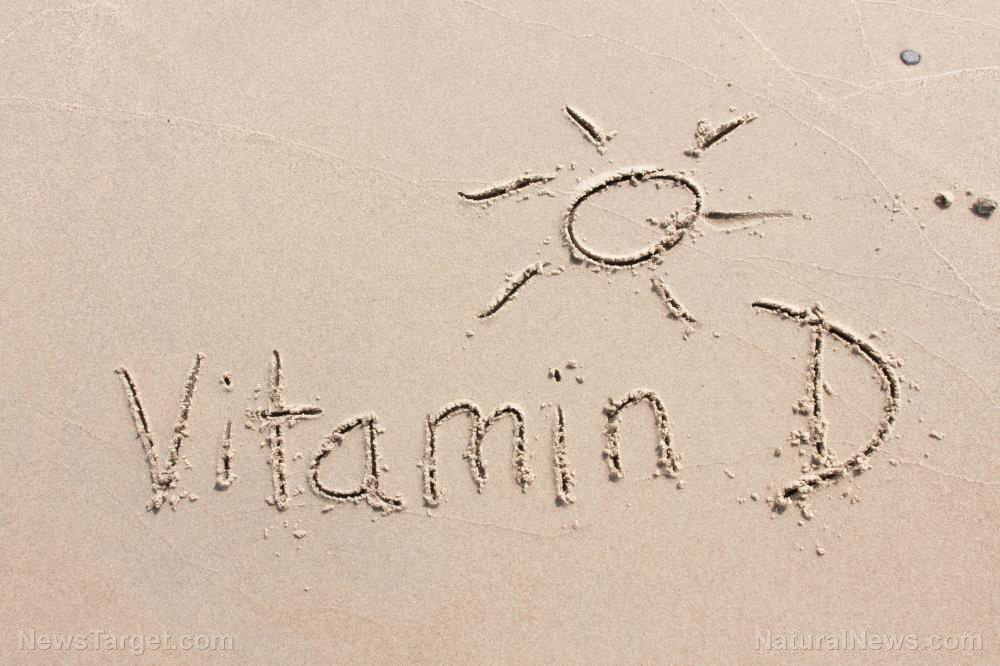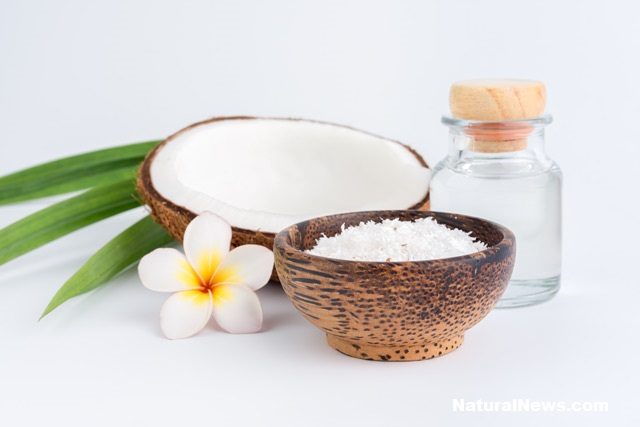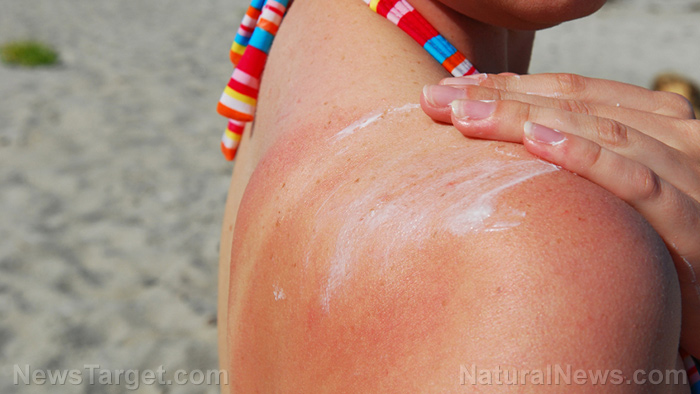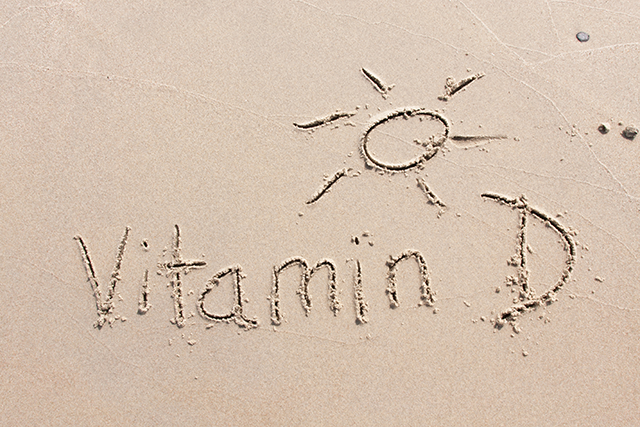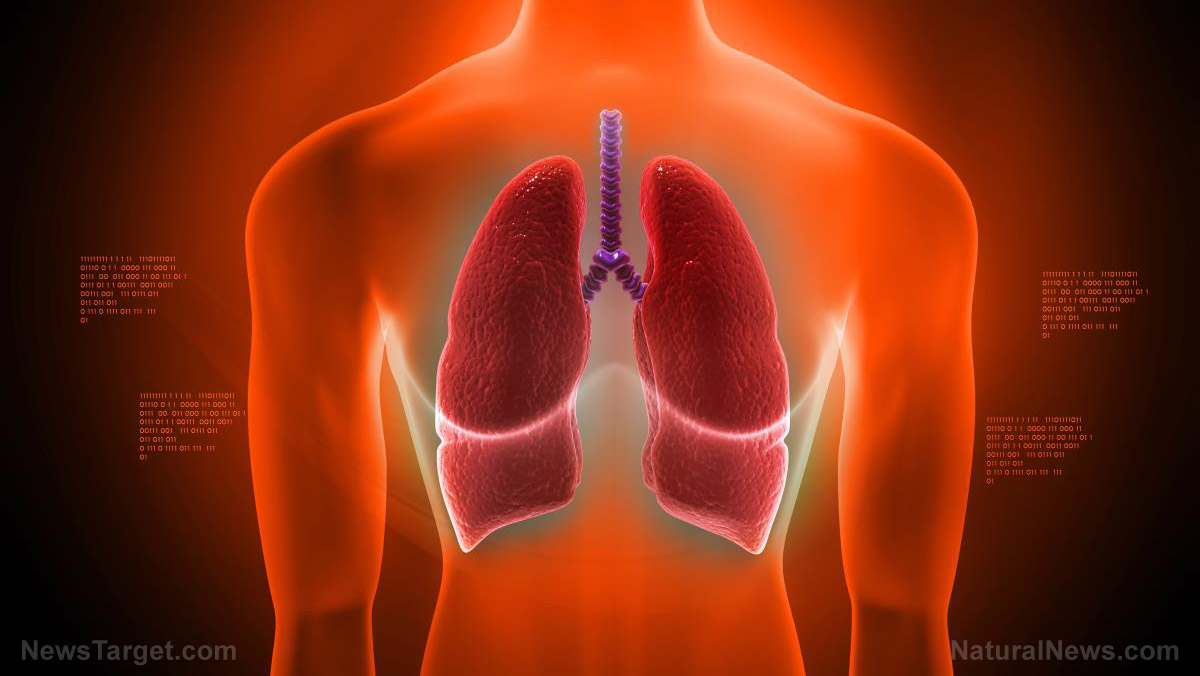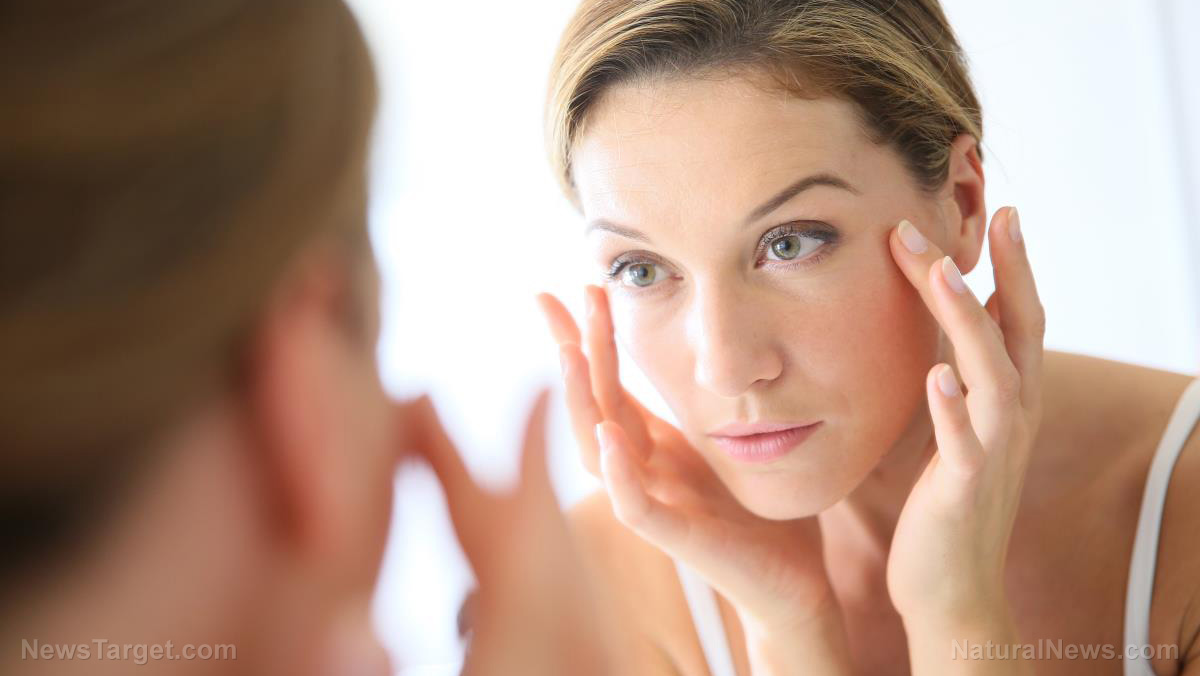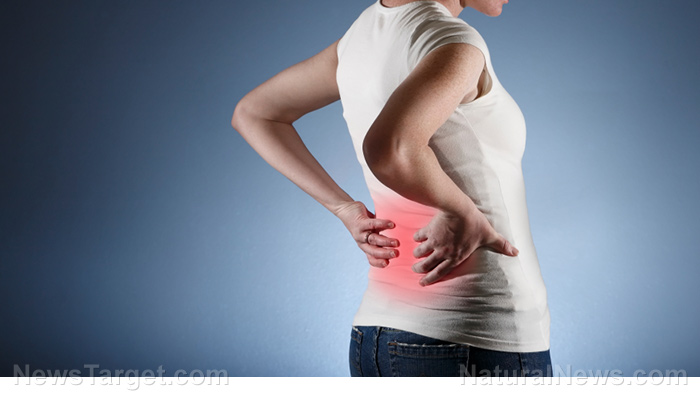Vitamin D found to help sunburn from the inside by reducing swelling and inflammation
08/22/2018 / By Ralph Flores

For anyone who’s ever had a severe case of sunburn, this might be a good development for you – taking in high concentrations of vitamin D an hour after sunburn can be beneficial in alleviating its painful side-effects, according to a study. The results, which were from a double-blinded research made by a joint team from Case Western Reserve University School of Medicine and University Hospitals Cleveland Medical Center, were published in the Journal of Investigative Dermatology.
“We found benefits from vitamin D were dose-dependent,” according to Dr. Kurt Lu, a senior author on the study. “We hypothesize that vitamin D helps promote protective barriers in the skin by rapidly reducing inflammation. What we did not expect was that at a certain dose, vitamin D not only was capable of suppressing inflammation, it was also activating skin repair genes.”
A sample pool of 20 participants was used for this study. Each of the participants was randomized to receive either a between placebo pill or varying amounts of vitamin D (the study used 50,000; 100,000; and, 200,000 IU of the vitamin) an hour after they were subjected to a small ultraviolet (UV) lamp “sunburn” on their inner arm. Researchers conducted a follow-up of the participants 24, 48, 72 hours, and one week after the experiment and collected skin samples for testing.
The results indicated that participants who consumed the highest doses of vitamin D displayed long-lasting benefits, such as reduced skin inflammation two days after the burn. These participants also showed the least amount of redness in the skin, as well as an increased activity for skin repair.
According to the authors, this study is the first of its kind to describe the benefits of vitamin D as an anti-inflammatory agent. Moreover, previous studies have not provided enough evidence in this field, despite widespread claims of vitamin D deficiency. They were also able to study the vitamin helps with repairing skin. This is because vitamin D increases skin levels of the anti-inflammatory enzyme arginase-1. This help with tissue repair after damage and triggers other anti-inflammatory proteins.
Researchers also noted that the dosage used in the study are way above the daily allowances. The Food and Drug Administration (FDA) puts the adult daily allowance at 400 IU. Still, the results open the possibility of using vitamin D for more intensive burns.
Getting more vitamin D
Of all the vitamins that we consume, vitamin D may be the most unique. This vitamin is obtained from sun exposure and food. It helps with absorbing calcium in the gut and assists in maintaining bone strength. However, that is also the reason why vitamin D deficiency is one of the most prevalent in the world. In the U.S. alone, at least 40 percent do not have their recommended intake of vitamin D. (Related: Vitamin D is nutritional key for prevention of breast cancer.)
Aside from getting a lot of sunlight when you can, here are some foods that are great sources of vitamin D:
- Salmon – this fatty fish is a potent source of vitamin D, with 100g containing anywhere 361 and 685 IUs.
- Herring and sardines – these common fish, when eaten fresh, are the best sources of vitamin D, clocking in 1,628 IUs for each 100g.
- Oysters – aside from being full of other nutrients, they contain at least 320 IU of vitamin D per 100g, at only 68 calories.
- Eggs – while conventional eggs don’t contain as much vitamin D as others, pasture-raised chickens that receive sunlight produce eggs that have as high as 6,000 IU of vitamin D per yolk.
Find even more sources of vitamin D, and why it’s good for you, at VitaminD.news.
Sources include:
Tagged Under: anti-inflammatory, arginase-1, inflammation, natural healing, natural remedies, nutrients, nutrition, research, skin health, sunburn, supplements, swelling, vitamin D


